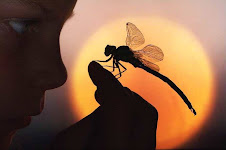Living things arise from living things through repoduction. In the past people believed that life could appear from nonliving material for a example they thought that flies could arise from rotting meat. The mistaken idea that living things can arise from nonliving sources is called spontaneous generation.
Redi´s experiment: in the 1600s, an Italian doctor named Francesco Redi controlled experiment to disprove spontaneous generation.
Redi´s experiment designed one of the first controlled experiments. Explain and draw step by step what is the experiment, and what is the manipulated variable in this experiment?
Pasteur´s experiments: even after Redi´s work in the mid-1800s, the french chemist Lous Pasteur designed some controlled experiments that demonstrated that new bacteria appeared in broth only when they reduced by existing bacteria.
Pasteur´s experiments were carefully controlled experiments that demonstrated that bacteria arise only from existing bacteria. Explain and draw step by step what is the experiment, and what is the manipulated variable in this experiment?
The needs of living things.
This environment meets the needs of the many living things. All living things must satisfy their basic needs for water, food, living space and stable internal conditions.
Water: all living things need water to survive.
Food: recall that organisms need a source of energy to live. The organisms that make their own food are called autothophs. The organisms that cannot make their own food are called heterotrophs.
Living space: is the place were the a organism lives.
Stable internal conditions. Organisms must be able to keep the conditions inside their bodies stable, the maintenance of stable internal conditions is called homeostasis.
Homeostasis keeps internal conditions just right for cells to function.

No hay comentarios:
Publicar un comentario